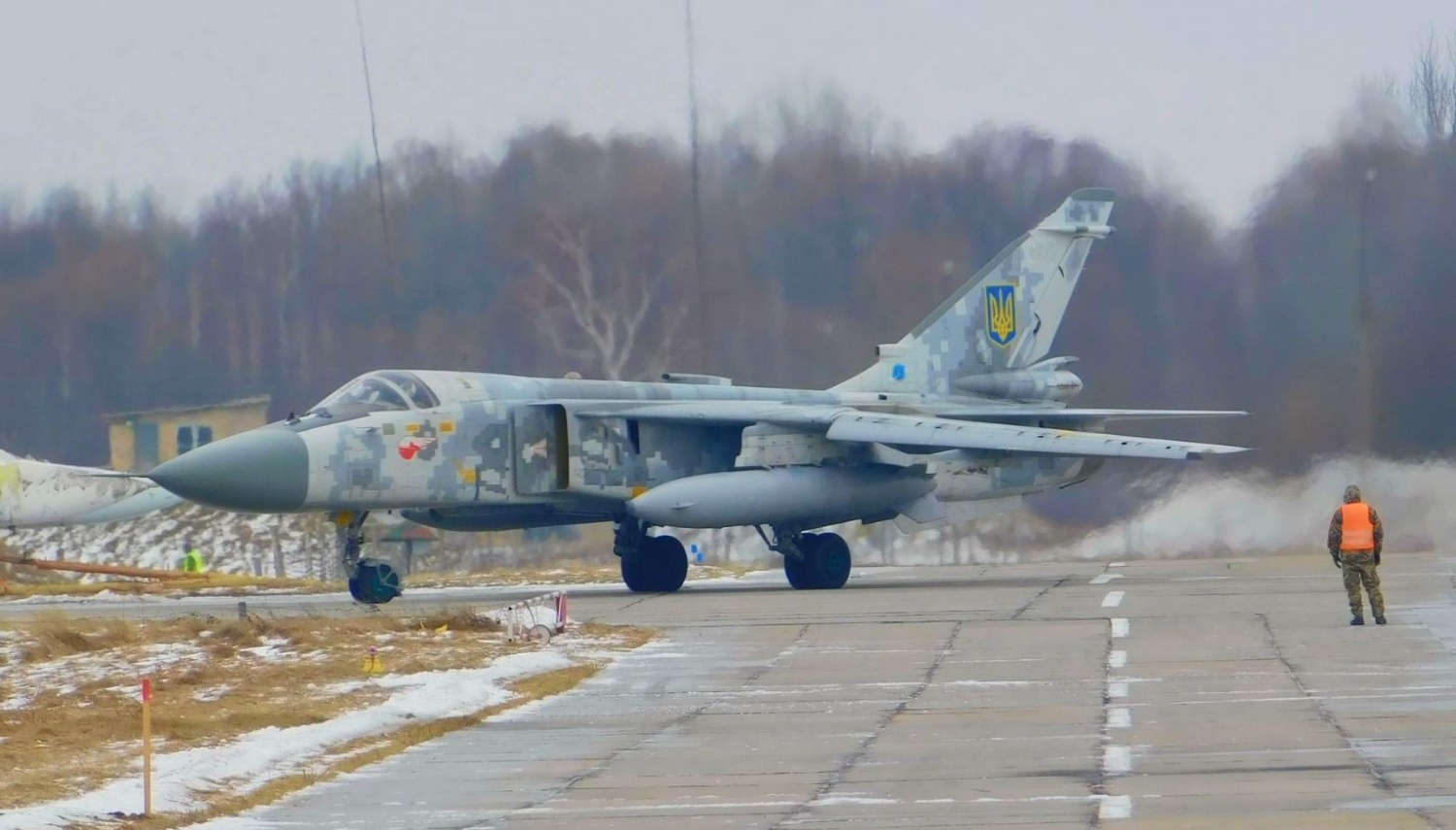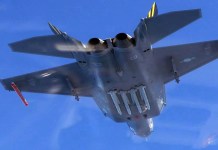At their meeting in Washington, D.C., on September 13, 2024, British Prime Minister Keir Starmer and U.S. President Joe Biden reportedly discussed whether to allow Kyiv to use long-range missiles against Russia.
In light of President Volodymyr Zelensky’s earlier visit to the US and the broader implications for NATO and international security, the topic was highlighted as a critical issue.
However, following the meeting, there was no specific public announcement about allowing Kyiv to use long-range missiles against Russia.
Clearly, the two leaders chose to mull over the issue some more, likely so because of concerns raised by the Russian political leadership.
On September 12, Russian President Vladimir Putin warned against the move. Speaking in St. Petersburg, he pointed out that NATO specialists would be involved with mission programming to launch long-range strikes.
That would mean “NATO countries — the United States and European countries — are at war with Russia,” Putin said. As the “very essence of the conflict” shifts, Russia will “make appropriate decisions” based on new threats, he said.
Legitimacy Of Russian Concerns
The legitimacy of Russia’s concerns cannot be dismissed lightly.
While the West disputes Russia’s sovereignty over Crimea, Lugansk, Donetsk, Zaporozhiya, and Kherson, the West and the world at large accept Russia’s sovereignty over the rest of its territory.
Therefore, Russia has a right to treat attacks on its sovereign territory differently from attacks on territory over which its sovereignty is disputed.
Under the circumstances, a US/NATO weapon that navigates through sovereign Russian airspace, using guidance signals beamed by US military satellites, to strike a target in sovereign Russian territory could be deemed as an act of war against Russia by the US/NATO.
It’s important to understand that the guidance provided by US satellites is not inadvertent; it is actively authorized using fast-changing encryption keys.
US ATACMS and British Storm Shadows don’t use the universally and freely accessed civilian L1 C/A code GPS signals for navigation, as do automobiles the world over.
The civilian signal lacks military-grade accuracy. More importantly, it can be easily jammed. Over Russian territory within the war zone, the civilian signal is indeed comprehensively jammed.
Western long-range strike weapons like ATACMS and Storm Shadows feature M-code GPS capability, which facilitates the use of highly secure GPS signals designed specifically for military use and designed to resist jamming and spoofing.

M-code uses a higher power signal and advanced coding techniques, making it much harder to jam compared to the standard GPS signals. Access to M-code is restricted to authorized users.
The fact that the weapons are launched from Ukraine is immaterial. It would make Ukraine complicit, but it would not make Ukraine the attacker. Ukraine has to be viewed just as another of the over 800 overseas military bases from which the US can mount attacks on its adversaries.
M-Code Development & Deployment
The first GPS satellite capable of broadcasting the M-code was launched in 2005.
As of early 2023, 24 M-code-capable satellites had been deployed. This number has likely increased since then as the U.S. Space Force continues to launch additional GPS III satellites equipped with M-code capabilities.
It’s envisaged that M-code capability would eventually be integrated into various military platforms, from individual soldier systems to guided munitions like the JASSM-ER.
Technical Signal Characteristics
M-code signals use Binary Offset Carrier (BOC) modulation, which spreads the signal across a wider frequency band, making it more resistant to interference.
The signal is encrypted using the Modernised Navstar Security Algorithm (MNSA), a sophisticated cryptographic algorithm that protects the signal from unauthorized access.
M-code can provide higher positioning accuracy compared to the civilian L1 C/A code.
Only specific GPS satellites, such as the GPS III series, are equipped to transmit the M-code signal. These satellites are designed to broadcast the signal with higher power and better beamforming capabilities to enhance signal strength in targeted areas.
Weapons using M-code signals need special receivers capable of detecting and locking onto the M-code signal, even in challenging environments. The receivers feature hardware and software to process the BOC-modulated and encrypted signal, in order to decode the signal and extract the navigation information.

Secure Key Distribution
The MNSA encryption requires the secure distribution of cryptographic keys to authorized users. Authorized M-code users typically acquire cryptographic keys through a secure and controlled process known as key management.
The keys are generated using a secure random number generator to ensure their unpredictability and randomness. They are then distributed to authorised users or devices through a secure satellite communication channel.
The keys are stored in secure hardware or software modules in the GPS receiver of the device. When a user or device needs to use M-code, it retrieves the appropriate key from its secure storage and uses it to encrypt or decrypt the signal.
Geographical Restrictions
M-code signal availability is restricted to specific regions or countries based on security and operational requirements.
Even authorized users may be restricted from accessing M-code signals in specified areas. In other words, if it so desired, the US could deny M-code signal access by its weapons supplied to Ukraine over what it considers to be sovereign Russian airspace.
Conclusion
M-code GPS capability focuses on security, reliability, and operational effectiveness in hostile environments.
While M-code is not completely immune to jamming or spoofing, its advanced features significantly improve its resilience compared to civilian GPS signals.
Unlike civil GPS, M-code access requires the active participation of the entity that operates the satellite constellation. The only problem with M-code signals is that they strip the satellite operator of any fig leaf cover of plausible deniability.
- Vijainder K Thakur is a retired IAF Jaguar pilot, author, software architect, entrepreneur, and military analyst.
- VIEWS PERSONAL OF THE AUTHOR
- Follow the author @vkthakur




